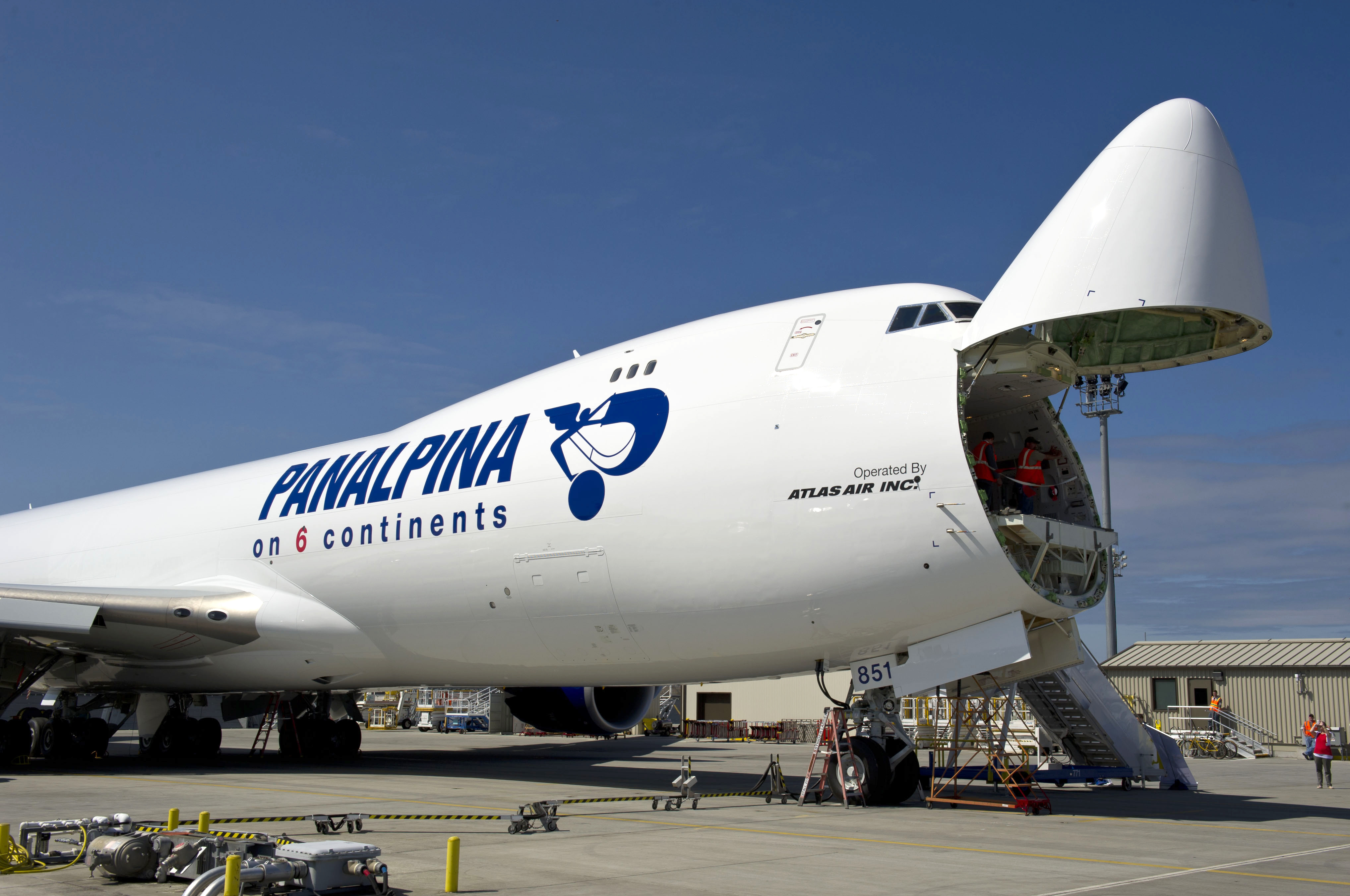Panalpina: Airlines to tighten capacity in a weaker 2019 peak season
22 / 07 / 2019

Airfreight’s 2019 second half peak season will be weaker than 2018 and 2017, with airlines managing capacity more tightly in an attempt to lift rates.
That is the view of Panalpina’s global head of airfreight, Lucas Kuehner, who was commenting on an estimated 5% second quarter fall in 2019’s global airfreight market after a 2% decrease in the first quarter.
Despite a declining global market, Panalpina recorded a 5% year-on-year increase in 2019 first-half airfreight tonnage to 512,000 tonnes, helped by acquisitions, although its air revenues declined by 2.6% to SFr1.5bn and gross profit was down by 4.9% to SFr337m.
Quoted in a Panalpina company newsletter after the results announcement, Kuehner said: “The ongoing trade conflict between the US and China has clearly not helped the airfreight market. We must also not forget that we are comparing against an exceptionally strong first half-year of 2018.
“A comparison with the first half-year of 2017 gives a more realistic picture. Compared to 2017, our unit profitability was better and EBIT stable. The difference is that in 2017 the market got stronger with every quarter and rates increased accordingly. The market in 2019 is heading the opposite direction.
“Volumes have been going down, especially in the automotive sector, which has shifted into reverse gear. Decreasing airfreight volumes translate into falling rates and this has put pressure on margins. In the current market environment, it is difficult to achieve last year’s performance.”
Asked about air cargo’s market sentiment for the 2019 peak season, Kuehner added: “Starting in October, there will be the usual peak season in airfreight – if not as strong as last year or 2017, for sure. Carriers will try to manage their capacity more tightly in an attempt to lift rates.
“As in previous years, we are already in talks with our customers to assess their requirements and secure capacity. Should bottlenecks with commercial carriers become an issue, we can provide fast, agile and reliable solutions with our Charter Network.”
He continued: “We offer scheduled charters with our 747-8F and long-standing partners, and ad hoc charters where we have important framework agreements already in place. Operationally, we will again be ready and well-prepared both in the air and on the ground.”
And while airfreight’s automotive and technology sectors have been struggling most, Kuehner identified healthcare as a having a positive trend, with new customers for the forwarder which will merge later this year with DSV of Denmark.
Kuehner said: “We have invested in our capabilities in this area [healthcare], which requires more specialisation than most other industries, and this is now starting to pay off. In the past months, we have not only retained several larger customers, but also won new ones.
“We are strong in Good Distribution Practice, with new modern facilities in strategic locations and professionally trained staff across the globe that can handle pharmaceuticals, as is expected from us.”
He continued: “A single shipment of pharmaceuticals is easily worth millions, so you want to make sure that temperature control and security are tight from beginning to end.
“With Panalpina’s lane risk assessments for over 2,500 trade lanes, our customers get to see who can do what along the transport chain, where potential risks are and how they can be mitigated. Another area where we see continuous growth is the perishables sector.”
Responding to a question on rising tensions in the Middle East, Kuehner confirmed that some airlines have rerouted flights in the region, adding “So far this has not led to any noteworthy impact on cargo flows, but things could change quickly, of course, if the situation escalates”.
Commenting on the increased interdependence of air and ocean, Panalpina’s airfreight boss said that over the the past decade it has become “increasingly difficult” to predict the market development of global air or ocean freight.
He added that 2019 will likely see the interdependencies of the two markets, with their high level of complexity, make it even harder to predict the final trade volumes and freight mix of its customers.
This lack of visibility in predicting customer demand is a result of the “complicated political, regulatory and macroeconomic environment” for both modes.
Said Kuehner: “For a third-party logistics provider that can only mean one thing: We have to look at air and ocean freight more holistically. And we have to be strong across all products, from airfreight to ocean freight to logistics – operationally and financially.”

Panalpina’s global head of airfreight, Lucas Kuehner













